

In this guide, we’ve focused on compact fitness devices, with and without displays, that deliver a range of health and fitness features designed to match their streamlined form factors.
You won’t find smartwatches here; for those, take a look at our comprehensive best smartwatches list—especially if you’re an iPhone owner. While we did include a smart ring in this lineup, we also have an in-depth guide specifically for smart rings if you’re looking for a deeper dive into that category.
As of January 2025, our top picks for fitness trackers are the Whoop 4.0, Garmin Vivosmart 5, Fitbit Charge 6, and RingConn Smart Ring. The U.S. fitness tracker market is highly competitive, with each of these brands catering to specific user needs. Fitbit stands out with its mass-market appeal, offering accessible health tracking. Garmin shines among outdoor and fitness-focused users, thanks to its durable build and advanced workout capabilities.
The Whoop has carved out a niche with its subscription-based model, delivering data-driven performance insights tailored for athletes. Meanwhile, RingConn is making strides in the smart ring segment, appealing to users seeking a discreet approach to health tracking.
With an expected annual growth rate of 18.9%, the fitness tracker market shows no signs of slowing down. Let’s dive into what each device brings to the table and why they’ve earned a place on our list.
The Whoop 4.0 redefines the concept of a “fitness tracker.” It skips smartwatch features entirely—no display, no clock, and no frills. The only feedback you get is from a vibrating alarm and an LED battery indicator. Whoop isn’t trying to be a smartwatch; it’s laser-focused on tracking.
Lightweight, compact, and incredibly durable, the Whoop 4.0 is built to be worn anywhere, anytime. Its electronics are safely housed in a comfortable band for your wrist or upper arm, with alternative mounts available, including boxer shorts and sports bras, if you want completely free arms.
Designed for 24/7 tracking, the Whoop 4.0 has a unique charging system: no need to remove it to charge. Just slide on a compatible power bank while wearing it, and it recharges seamlessly.
The real highlight, though, is Whoop’s in-depth analytics. It continuously tracks vital data, from pulse and sleep to heart rate variability, and syncs with the app where you can log lifestyle habits. From here, the Whoop 4.0 correlates this data to deliver deep insights—and it even includes an AI coach you can consult on your health.
One catch: you can’t just buy the Whoop 4.0. It’s available only through subscription, costing $17–$30 per month, which adds up over time. However, with a subscription lasting at least six months, you’ll receive new models as they’re released at no extra cost.
Good
Bad
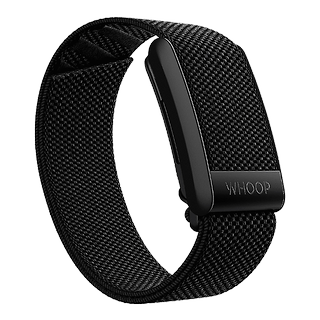
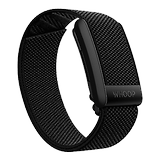
The Garmin Vivosmart 5 is a solid upgrade in the fitness tracker space, balancing simplicity with powerful features. With a 66% larger display than the Vivosmart 4, it’s easier to read and operate, combining a responsive touchscreen with a physical button for seamless control. Lightweight and customizable, it’s available in three colors (black, white, cool mint) and two sizes with a replaceable band.
Packed with health metrics, the Vivosmart 5 monitors 24/7 heart rate, sleep (with a new sleep score), respiration, stress, and Body Battery energy levels. There’s also women’s health tracking, hydration reminders, and weather updates, plus music control and text reply (Android only). The battery lasts up to 7 days, or 5 with sleep oxygen tracking enabled and recharges with Garmin’s standard cable.
Safety features stand out, with water resistance, emergency contact alerts, incident detection, and Live Track location sharing. Fitness buffs will appreciate added activity profiles like HIIT, Pilates, and breath work, plus connected GPS via smartphone. With updated heart rate sensors for better accuracy, it handles everything from strength training to cycling with ease.
The best part? The Vivosmart 5 doesn’t require a subscription for full access, making it a compelling, tech-forward choice for serious tracking without the hassle.
Good
Bad
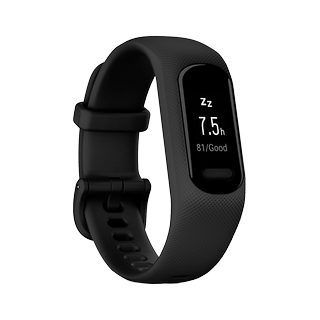
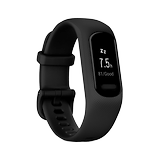
The Fitbit Charge 6 is a powerful upgrade, packed with Google integrations and a refined feature set at an attractive $159 price. With a reintroduced physical button and a new AI-enhanced heart rate sensor (drawing from Google Pixel Watch tech), it’s more accurate and easier to use. It even supports heart rate broadcasting for third-party apps, though encryption limits some compatibility.
Activity tracking is extensive, with 40 sport modes and no need to preselect—just pick from the band on the go. The Charge 6 syncs with Google services for a seamless experience, offering YouTube Music controls, Google Maps directions right on your wrist, and contactless payments with Google Wallet.
Fitbit’s UI is polished, with customizable watch faces and intuitive swipe controls. Accessibility features include a zoom magnifier, and the battery lasts up to 7 days. However, be aware of minor GPS inconsistencies and the need to convert to a Google account for full functionality.
Overall, the Charge 6 is ideal for users who want Google integrations and reliable health tracking in a sleek, everyday band. At this price, it’s a smart pick for both new and upgrading users, though not a dedicated sports watch.
Good
Bad
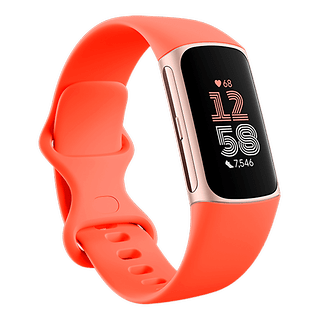
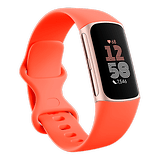
The RingConn Smart Ring is a sleek, health-focused wearable designed for comprehensive biometric tracking without the extras of a smartwatch. At $199, it offers in-depth health insights through a user-friendly app, with no subscription required, making it a competitive choice for dedicated health monitoring.
Crafted from lightweight titanium with a matte Midnight Black finish, the RingConn ring is available in nine sizes, with a sizing kit included for the perfect fit. Its flat-edged, circular design keeps it comfortable and discreet, though the surface can be prone to scratching. It’s built primarily for health tracking, not fitness or phone connectivity, so there’s no NFC or GPS, and the workout modes are in beta and require a connected phone.
Yet, the RingConn excels in wellness tracking, with advanced sleep analysis, heart rate variability (HRV), SpO2, and skin temperature monitoring. Its app integrates smoothly with Apple Health and Google Fit, providing users with wellness scores and detailed insights into their daily activity, stress levels, and overall balance. However, the device lacks an open API and browser-based data exports, with data securely stored on UK servers for GDPR compliance.
With a 7-day battery life and an ingenious travel charging case capable of 150 days of charges, RingConn is perfect for on-the-go health tracking. Overall, it’s an impressive tool for wellness monitoring, but if you’re seeking a true fitness tracker or smartwatch capabilities, this ring might not fully meet those needs just yet.
Good
Bad
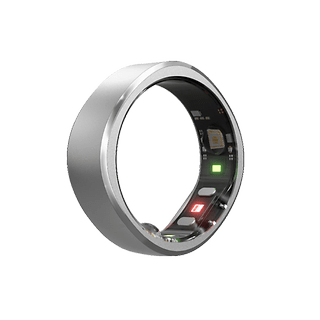
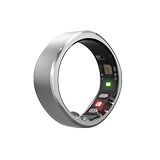
With so many options available across a wide range of price points, it’s easy to feel overwhelmed when deciding which fitness tracker to buy. Are you willing to pay extra for features you might never use? Or do you have a clear idea of what you need a fitness tracker for?
When creating this list of the best fitness trackers, we focused on key features that truly matter. While there are plenty of additional functions out there, I want to break down the most critical factors we considered in making our choices. These tips can serve as a guide for you, too, as you search for the perfect fitness tracker. Let’s dive in!
We hope this guide has helped you narrow down the best fitness tracker for your needs—or at least pointed you in the right direction. What features are must-haves for you in a fitness tracker, and what insider tips would you like to see added in our next update? Share your thoughts with us in the comments below!